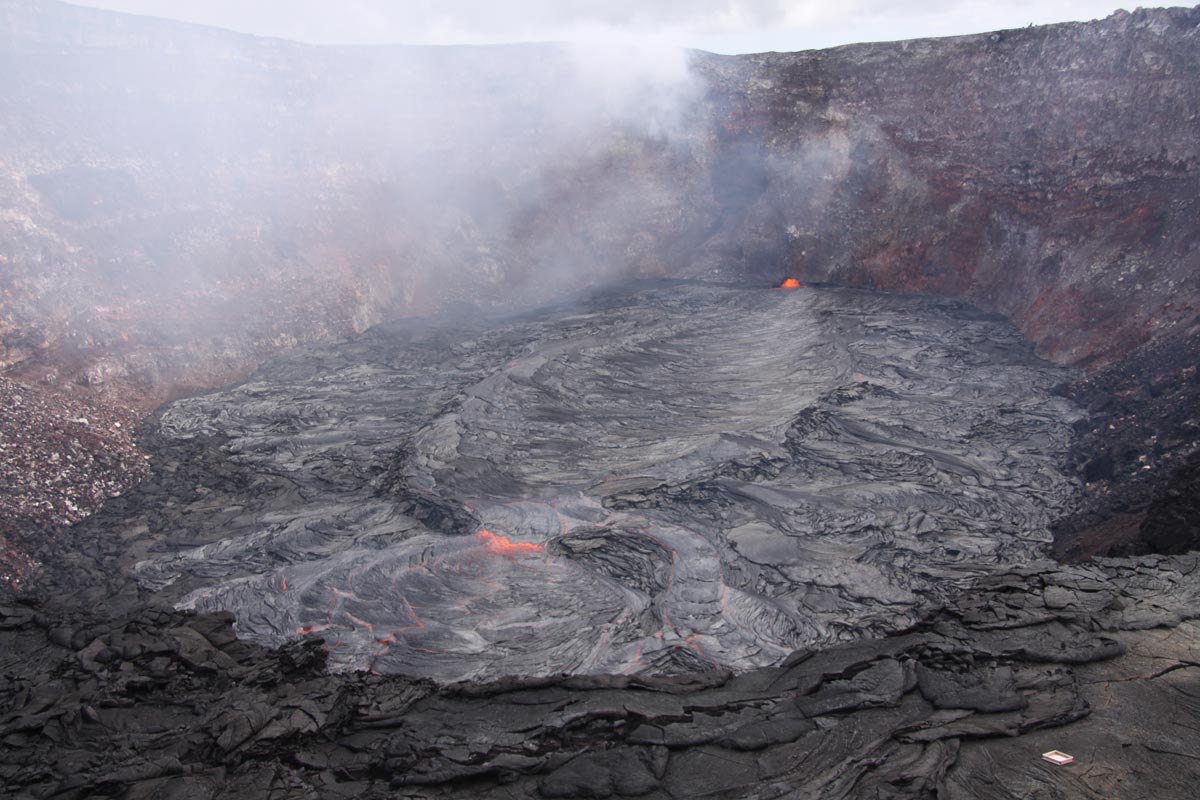This article was first published in issue 13, volume 1 / 2011 of The Dot Connector Magazine, official publication of Sott.net.
"Comets are vile stars. Every time they appear in the south, they wipe out the old and establish the new. Fish grow sick, crops fail, Emperors and common people die, and men go to war. The people hate life and don't even want to speak of it." -Li Ch'un Feng, Director, Chinese Imperial Astronomical Bureau, 648, A.D.

In 2007, a meteorite fell in Puno, Southeastern Perú. José Macharé - scientist of the Geologic, Mining and Metallurgic Institute in Perú - said that the space rock fell near a muddy area by Lake Titicaca, making the water boil for around ten minutes, and mixing with the soil and emanating a gray cloud, the components of which remain unknown. Having discarded radioactive poisons, this toxic cloud is said to have caused headaches and respiratory problems in at least 200 persons from a population of 1500 inhabitants. Other than this event, how often do we hear about people getting sick due to a rock coming from space? How about birds, fish or other animals? Ancient astrologers cite comets as ill omens of death and famine, but are there any other causes other than the ones due to physical/mechanical consequences of comet impact devastation in our fragile environment of which we should be aware?
As a physician, I usually concentrate strictly on medical and health-related issues, not history or catastrophism. However, like so many other people, I see signs of atmospheric changes on our planet which, according to many experts, may well be due to increasing comet dust loading. When I read about increasing reports of fireballs all around the world, and I know that these factors must have an effect on the health of individuals and societies, it motivates me to do the research to find the connections so that I am better prepared for what may lie in our future. If our planet is entering a new cometary bombardment cycle, and if these comets harbor new species of microbes unknown to mankind's collective immunological systems (as may well be the case), then being forewarned is being forearmed.
According to the late Sir Fred Hoyle and Chandra Wickramasinghe of the University of Wales at Cardiff, viruses can be distributed throughout space by dust in the debris stream of comets. Then as Earth passes though the stream, the dust and viruses load our atmosphere, where they can stay suspended for years until gravity pulls them down. They compare numerous plagues throughout our history which coincide with cometary bodies in our skies. These researchers are certain that germs causing plagues and epidemics come from space.
In a letter to
Lancet [1],Wickramasinghe explains that a small amount of a virus introduced into the stratosphere could make a first tentative fallout east of the great mountain range of the Himalayas, where the stratosphere is thinnest, followed by sporadic deposits in neighboring areas. Could this explain why new strains of the influenza virus that are capable of engendering epidemics, and which are caused by radical genetic mutations, usually originate in Asia? Wickramasinghe argues that if the virus is only minimally infective, the subsequent course of its global progress will depend on stratospheric transport and mixing, leading to a fallout continuing seasonally over a few years; even if all reasonable attempts are made to contain an infective spread, the appearance of new foci almost anywhere is a possibility.


Comment: See also:
Black Death found to be Ebola-like virus
New Light on the Black Death: The Cosmic Connection
Related:
Happy New Year 2014?
SOTT Talk Radio show #70: Earth changes in an electric universe: Is climate change really man-made?